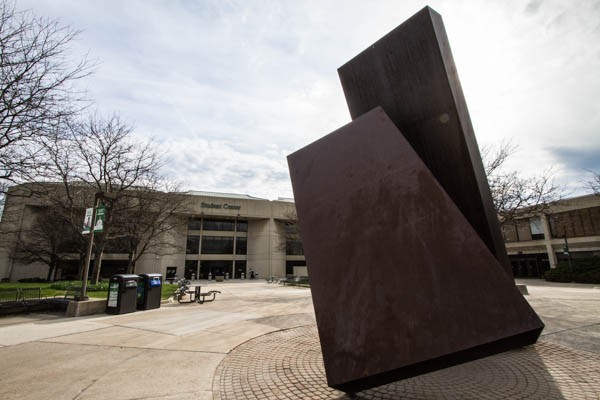
BY MADI TORTORA
Staff Writer
The evolution of feminism in our ever-progressing society is extremely notable.
This idea of women’s rights activism truly began around the late nineteenth and early twentieth centuries, labeled as the ‘first wave’ of feminism. The beginning of the actual movement itself was marked by the Seneca Falls Convention in July of 1848, where activists like Lucretia Mott and Elizabeth Cady Stanton spoke about women’s right to vote, which at that point was limited only to white men, according to the Stockton Postcolonial Studies Project.
Although there were many women fighting for their rights, and there were certainly many state victories, the right to vote was not granted to women until 1920. Feminism is generally thought of as radical women coming together and burning bras, but this time period consisted of very conservative and moderate women.
‘Second wave’ feminism is where many people get their ideas and views on feminism from. This wave broadened the range of issues: the first wave focused on suffrage and legal obstacles due to gender, whereas the second wave focused more on reproductive rights, sexuality, women in the workplace, and women in family settings.
This wave also focused more on drawing attention to domestic violence and marital rape issues, and aided in the creation of women’s shelters and changes in custody and divorce law. The feminism that is seen so commonly in women of all ages today is usually considered an offshoot of second wave feminism.
‘Third wave’ feminism is what feminism is considered today. This wave has completely diluted the idea of what it is to be a feminist. The issue often had with this modern view of feminism is that we have completely halted this idea of ‘activism.’ What I mean by this is that some modern feminists essentially do a lot of talking, but not a lot of doing.
Our foremothers of feminism progressed further in their society by breaking social norms on a daily basis, writing letters to high members of society demanding the change that they wished to see in the world. It’s difficult, because in the most current wave of feminism, women are extremely more privileged than they were in the past, and this leads a lot of women to believe that we, as women, should just be satisfied where we are now.
Many women are even frightened to call themselves feminists for fear of being called man haters, or bra burners (which never actually happened, FYI). How are we supposed to progress further if women are satisfied in the oppressed—although significantly less oppressed than before—state that we are in now?
Feminism has also developed several issues in the modern day example. The term ‘white feminism’ has been coined recently, describing a kind of feminism that only focuses on white, american women, usually of the middle class lifestyle. ‘White feminists’ who argue that women make less than men in the workforce seem to forget that latina and black women make even less, along with pregnant or disabled women. ‘Intersectional feminism’ seems to be its counterpart, but includes the worries of women around the world, and of many different races, religions, and stages of life.
Feminism is known to be quite radical, but certain groups have taken the feminist ideals and completely distorted them. One of these groups called Femen, a topless women’s activist group, has completely crossed the line on multiple occasions and is making Susan B. Anthony roll over in her grave. They take one of the basic principles of feminism, that women’s bodies not be objectified and oversexualized, and, thinking that they are practicing activism against objectification, actually participate in society’s view of women’s bodies.
The expectation that women use their bodies to get attention is against feminist views, but Femen continues with their topless regime. In 2013, according to The Atlantic, Femen incited rage from many muslim women when their members smeared phrases like “F*ck your morals!” across their naked chests. This protest against traditional muslim burqa, headscarf, hijab, and niqab completely disrespects a religion and a woman’s right to choose for herself. It is believed that muslim women are forced to wear this kind of covering by male demand, and this is not necessarily false—but many women choose to comply for religious reasons, and this right to choose is what feminism is all about in the first place.
This is just one example, but the promotion of this group and many of its ideals in the media is damaging to this wave of feminism and what it stands for.


